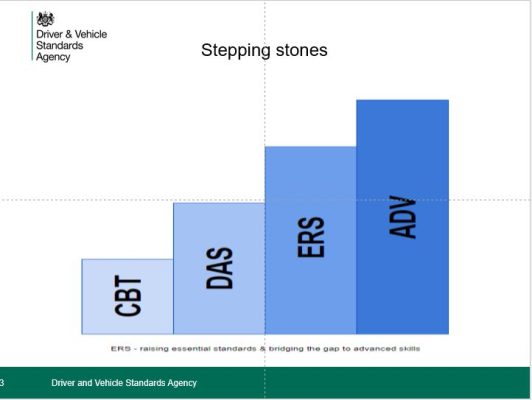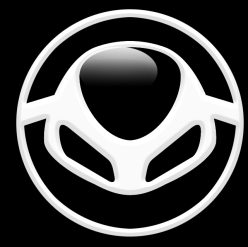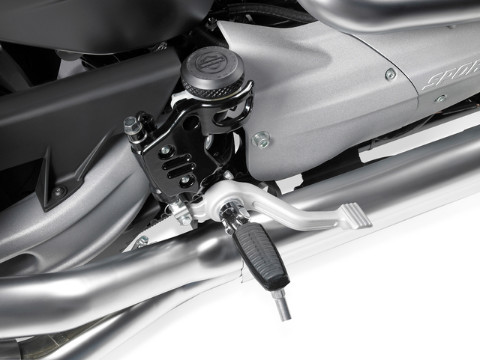One of the questions I often get asked, is “How does the DVSA’s Enhanced Rider Scheme (ERS) compare to an Advanced Riding test with either IAM RoadSmart or RoSPA?”
So, I’ve put together this simple explanation to explain the similarities and differences between the three. Note that this is my understanding, based on nearly 30 years of experience as an IAM Advanced Rider, 16 years experience as a RoSPA Advanced Rider (and Instructor) and over 13 years experience as a qualified ERS trainer.
Both the IAM and RoSPA are “Advanced Riding” qualifications, and as such are based on assessing the rider’s ability to ride to the “System of Motorcycle Control” as documented in “Motorcycle Roadcraft – the Police Riders Handbook” (and incidentally, available from us as an online course.) The System, or “IPSGA” as it is sometimes called, “is a way of approaching and negotiating hazards that is methodical, safe and leaves nothing to chance. It involves careful observation, early anticipation and planning, and a systematic use of the controls to maintain your machine’s stability in all situations.”.
Both IAM RoadSmart and RoSPA are charities, and their “courses” are delivered by local groups, which are independent charities authorised to deliver courses on their behalf. All the courses are delivered by volunteer observers (IAM term) or tutors (RoSPA term), who hold an advanced riding qualification and have completed training to coach riders in advanced riding. At the end of the course, you will take a test, conducted by an independent examiner. All RoSPA Examiners are ex-Police, whereas the IAM also has examiners who have passed the IAM Masters test with Distinction and hold their National Observer qualification (I am an IAM Examiner for bikes). The tests are very similar, and look for the same thing – riding that is of a high standard (smooth, planned and progressive) and in accordance with the System. The IAM test is graded Pass or F1RST (for a consistently high standard of riding) whereas RoSPA is graded Bronze, Silver or Gold (with Gold a very high standard consistently throughout the test). The RoSPA test has to be retaken every 3 years to maintain the qualification, the IAM test doesn’t. I won’t get into the IAM Masters qualification here, as it is only available to those who have passed the IAM Advanced Riding Test.
The DVSA’s Enhanced Rider Scheme is different. Originally introduced as an alternative to the IAM or RoSPA test, it has since been re-positioned as more of a stepping-stone, bridging the gap between the DVSA riding test (the one you took to get your full licence) and Advanced Riding. See the image below:

The Enhanced Rider Scheme doesn’t have a test at the end, either. Instead, it starts with an assessment of your current riding, and if this is already at the standard required, then you get your certificate straight away. If there is some training required, then your ERS trainer will discuss this with you and once you successfully complete the training, you will get your certificate.
The standard is slightly different to IAM and RoSPA, in that it is not necessary to demonstrate riding to “The System of Motorcycle Control” as per Roadcraft. In practice, you will still be required to demonstrate good “Observation, Anticipation and Planning”, but will not be required, for instance, to change Position in preference to Speed, or change Gear only towards the end of the Speed phase (i.e. when most braking has been completed).
The Enhanced Rider Scheme tends to be quicker to complete, as it is delivered by professional DVSA-approved instructors (who must be on the ERS Trainers Register). With both the IAM and RoSPA, the local groups tend to have a waiting lists to get started, and as you are completing a course then taking a test at the end, it tends to take longer to complete. It is for this reason ERS is often recommended as the quickest route if you want to volunteer for Greater Manchester Blood Bikes, for who we are the Official Rider Training Partner.
It is possible to take either the IAM or RoSPA tests without first joining a local group and taking their course – for example, by using a professional advanced riding instructor such as us to get you to the required standard. This can be a quicker way to attain these qualifications.
So which is best?
Well, that depends on your objective. If you want to improve your riding, then a good place to start is the Enhanced Rider Scheme (or Police BikeSafe which will also give you a good understanding of your current level and how to improve). Then when you’ve completed that, you can progress further by taking training and an IAM or RoSPA test (either by joining a group or using a professional advanced riding instructor).
If you want to go all the way to becoming the very best road rider you can be, I would recommend taking the IAM test so that you can then take the IAM Masters programme and associated test, which in my experience is tougher than the RoSPA test, even at Gold standard.
If you want to discuss any aspect of Advanced (or Enhanced!) Riding, why not give me (Paul) a call on 07747 761059.


